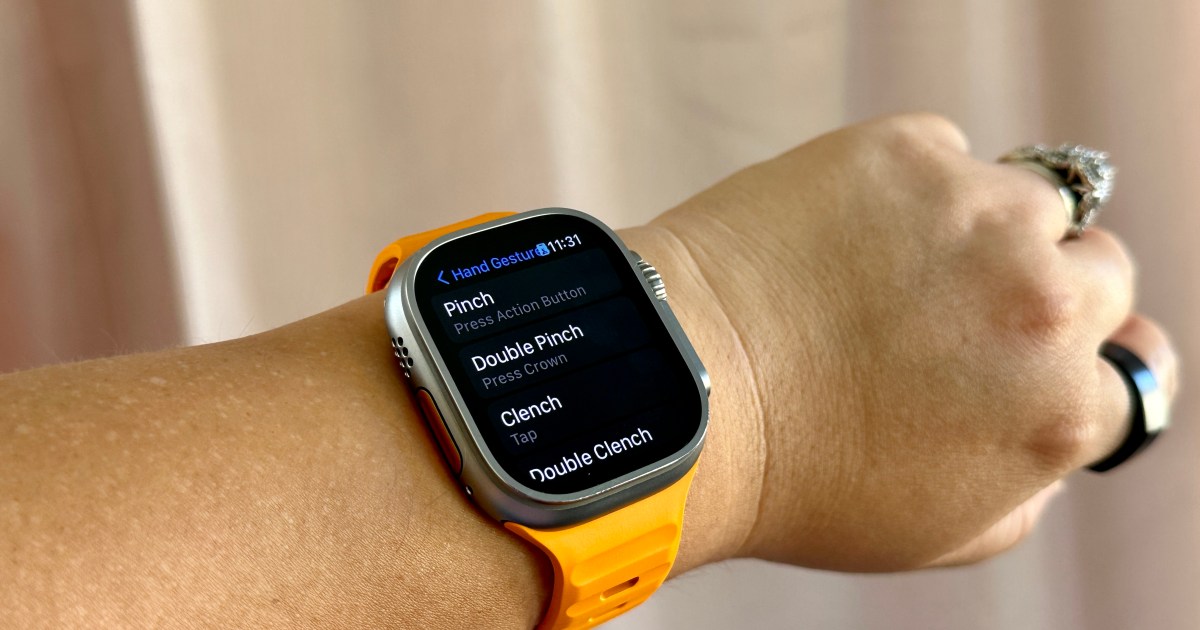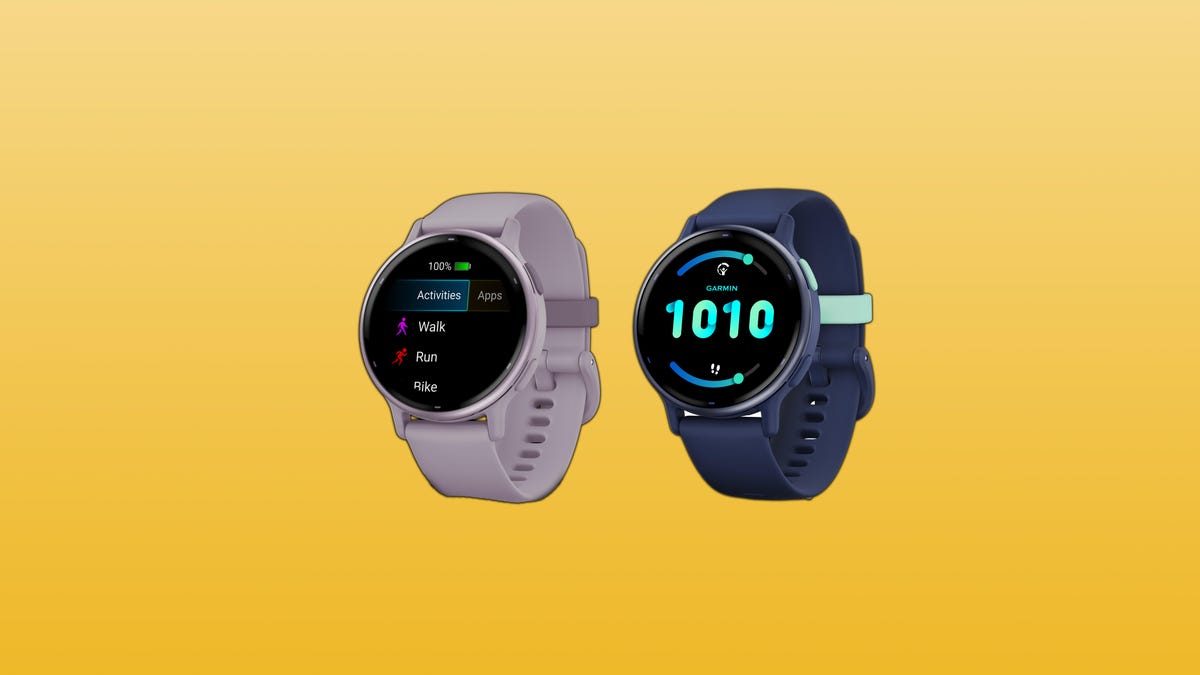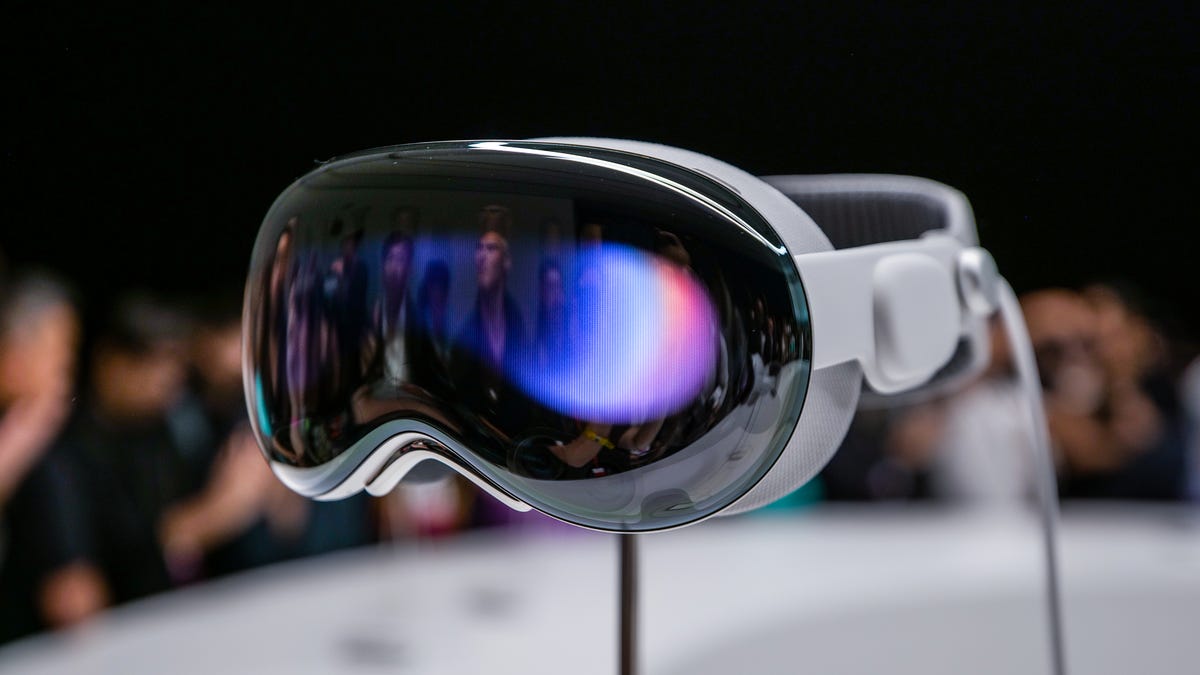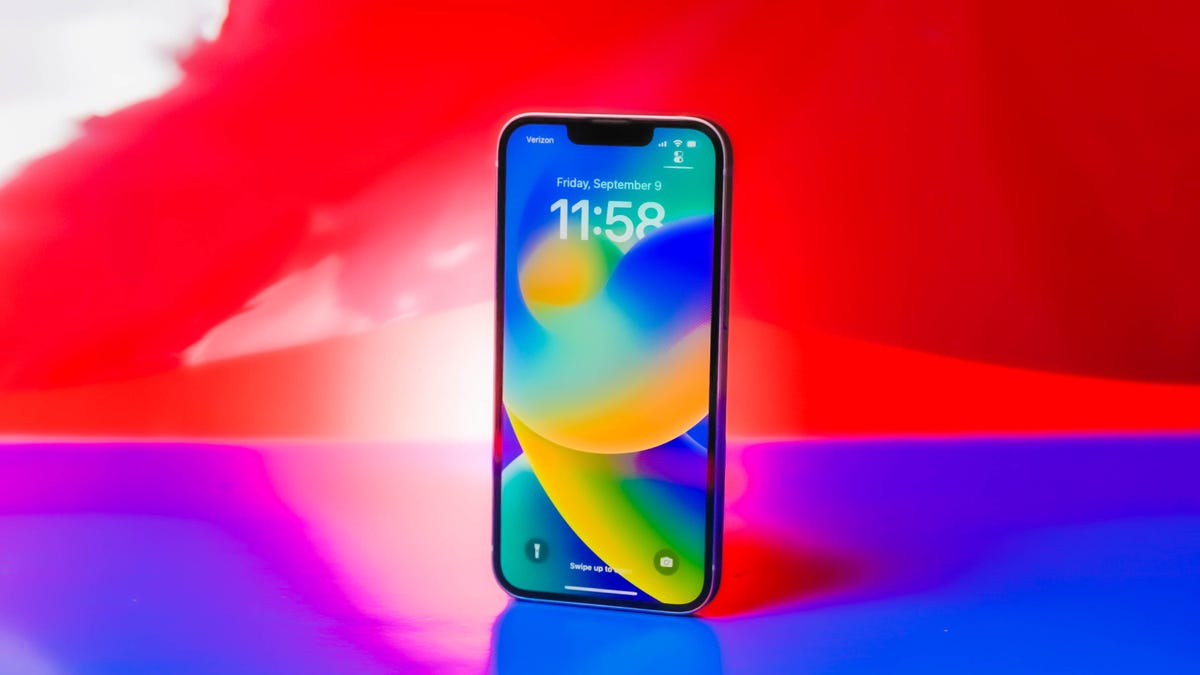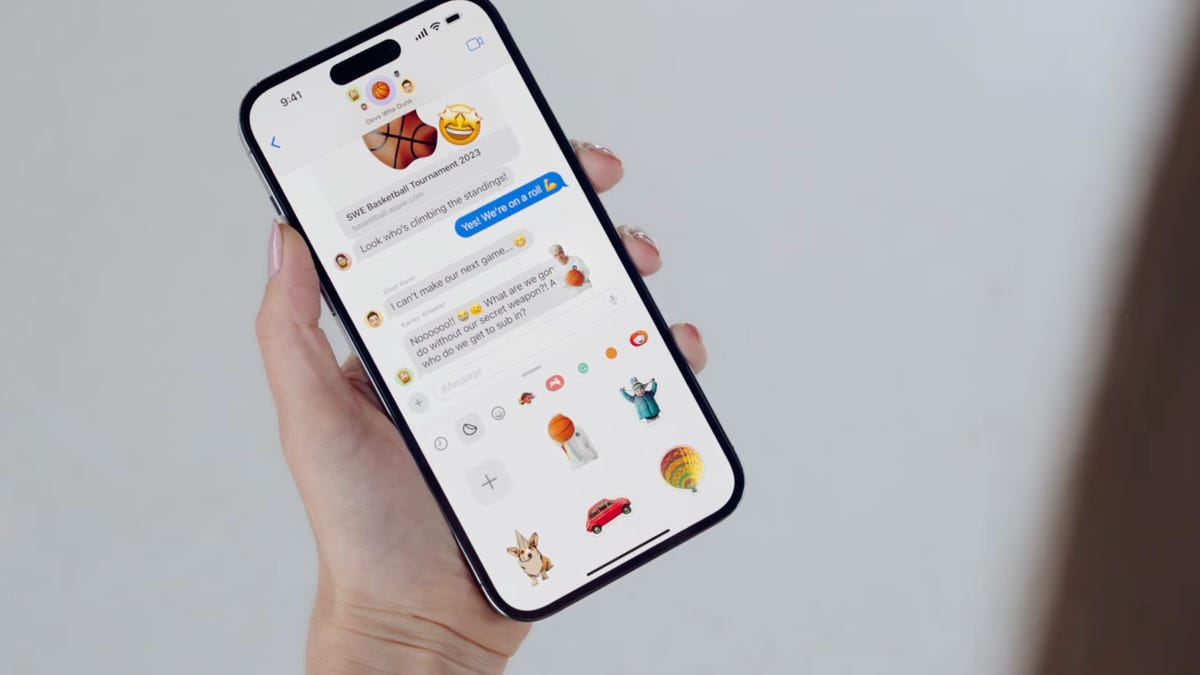5 iOS 17 features Android users already have
5 iOS 17 features Android users already have
The Ultimate Showdown: iOS 17 vs Android – Who Wins?
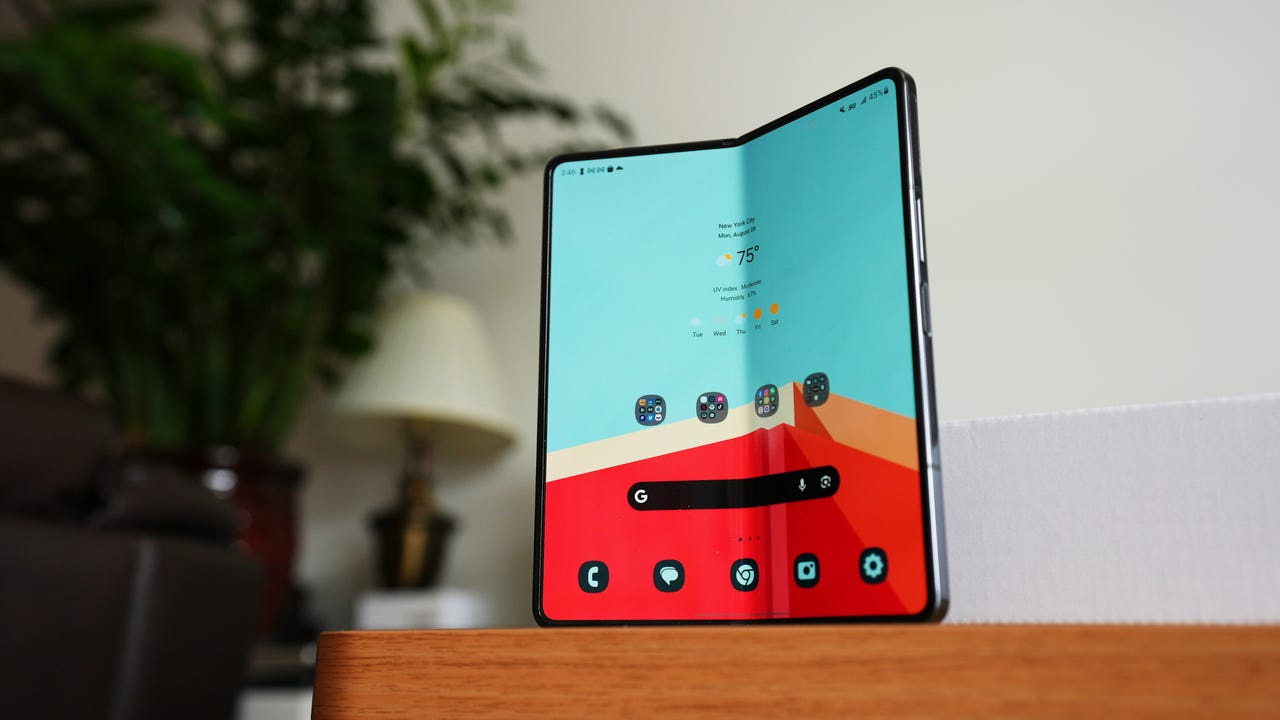
As Apple released the official version of its latest iPhone software, iOS 17, the world grew abuzz with excitement over the new features it brings. Enhanced customizability and functionality are the highlights of this software update. But does it warrant switching from Android to iPhone? Let’s take a closer look at some of the hottest features of iOS 17 and see how they stack up against their Android counterparts.
1. Live Voicemails
Not everyone enjoys taking phone calls. Spam numbers are on the rise, waiting on hold can be tiresome, and text messages often get the job done. That’s where Live Voicemail comes in. This iOS 17 feature transcribes callers’ messages without you having to pick up the call. Impressive, right? Except, Android users already have similar features available to them. Call Screen for Google Pixel and Bixby Text Call for Samsung Galaxy allow users to screen incoming calls, transcribe messages in real-time, respond via text-to-speech, and switch to a voice call when ready. So, if you’re an Android user, Live Voicemail might not be a game-changer for you.
2. Offline Maps
One of the new features in iOS 17 is an improved Apple Maps experience, including the ability to download maps for offline use. This is particularly helpful when traveling in areas with limited cellular service. However, Android users need not fret. Google Maps not only offers arguably better mapping services but also supports offline navigation. Android users can simply tap their profile icon, go to Offline maps, and select the maps they want to download. So, if you’re an Android user, you already have the upper hand in this department.
3. Auto-Deleting Verification Codes
iOS 17 quietly introduced a feature called “Clean Up Automatically,” which auto-deletes multi-factor authentication codes shortly after they’ve been used. This neat trick helps clear up phone storage. However, Android users need not feel left out. Within the Messages app, Android offers the option to auto-delete OTPs (one-time passwords) after 24 hours. OTPs can clog up storage, especially when you have to copy and paste codes to log into various accounts. So, Android users also have a way to keep their devices clutter-free.
4. StandBy Mode
StandBy Mode is one of the eye-catching features of iOS 17. When an iPhone is locked and docked on a MagSafe charger or charged and tilted in landscape orientation, it displays useful information such as the time, weather, smart home status, and even Live Activities, effectively functioning as a smart display. Android users can also enjoy similar features, although not as detailed. For instance, setting a Google Pixel on a Pixel Stand prompts a Google Photos carousel, smart home controls, and more. On a Samsung Galaxy, the always-on display can be set to landscape orientation, showing upcoming meetings and calendars. While Apple is catching up with Android’s existing ambient display modes, the attention to detail in StandBy Mode deserves appreciation.
5. Setting Multiple Timers
iOS 17 introduces the ability to set multiple timers simultaneously, a useful feature for managing multiple cooking dishes, for example. Android users need not worry, as the default Clock app on Android also supports multiple timers. Simply start a timer and tap on the plus icon to add more. For added convenience, Android users can turn on “Screen saver” to keep the timer on the lock screen.
In conclusion, iOS 17 certainly brings some exciting features to the table. However, for Android users, many of these features already exist in their devices. From Live Voicemails to Offline Maps and Auto-Deleting Codes, Android users have been enjoying similar functionalities. While StandBy Mode and Multiple Timers are unique to iOS 17, Android offers comparable features that cater to the same needs.
Therefore, the decision to switch platforms ultimately boils down to personal preferences and overall ecosystem compatibility. Both iOS 17 and Android have their merits, making choosing between the two an individual decision that takes into account factors beyond a mere feature comparison.
